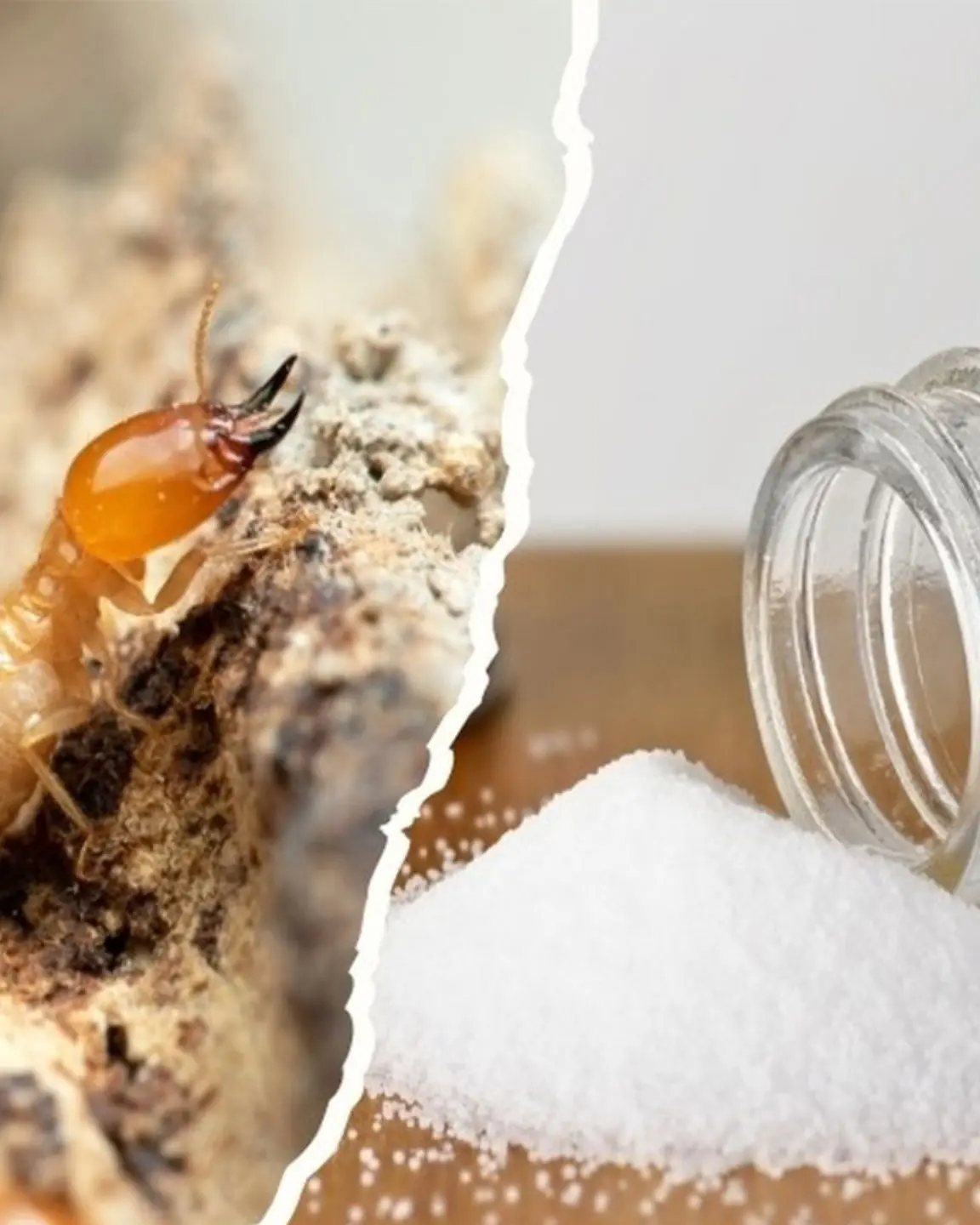
Fish is a nutritious food, but there are some types of fish that should be limited because of the risk of mercury contamination
Types of fish at risk of 'containing' a lot of mercury
Fish is classified as a healthy food, good for health. It provides a lot of protein, omega-3 fatty acids, micronutrients and healthy fats. One issue that many people worry about when eating fish is the mercury content in fish.
Mercury is a heavy metal found in soil, water, and air. Humans can be exposed to this metal in many different ways such as inhaling mercury vapor during mining or industrial activities.
Some animals, including fish, can absorb a certain amount of mercury due to polluted living environments. People who eat food contaminated with mercury are also at risk of being exposed to this toxic substance.
According to the recommendations of nutritionists, we should eat at least 2 servings of fish/week (equivalent to about 340 grams of fish). However, we should be careful with fish with high mercury content.
In general, large, long-lived fish tend to contain more mercury than short-lived fish.
- Mackerel
Mackerel is a large, long-lived fish, so the ability to accumulate mercury in the body is often higher than many other fish species. According to health and food safety organizations, for mackerel, king mackerel has the highest mercury content, followed by big-eye mackerel. In addition, canned mackerel often has lower mercury content than fresh mackerel.
Mackerel can be eaten no more than twice a week. Consuming too much mackerel can increase the risk of mercury poisoning, causing adverse effects on the heart, kidneys and nervous system. In particular, experts recommend that sensitive groups such as pregnant women, breastfeeding women and young children should limit their intake of mackerel.
King mackerel (left) and big-eye tuna are species that are considered to have higher mercury content than other fish species.
King mackerel (left) and bigeye tuna are species that are considered to have higher mercury content than other fish species.
- Bigeye tuna
The US Food and Drug Administration (FDA) classifies bigeye tuna as a fish with high mercury content. This unit also recommends that pregnant women, breastfeeding women, and young children should limit their consumption of this type of fish.
For healthy adults, bigeye tuna should not be eaten more than once a week. If you love tuna, you can choose types such as albacore tuna and skipjack tuna. These are species with lower mercury content.
- Catfish
Some studies and reports indicate that catfish is a species that is likely to contain higher mercury content than other fish species. However, it should be noted that the level of mercury contamination in catfish can vary depending on the habitat, origin, and size of the fish.
To ensure safety, you should buy catfish from reputable places with clear origins. You should not eat catfish more than twice a week. When buying, you should choose small catfish because they tend to contain less mercury than large fish.
Some notes when eating fish
- Do not eat raw fish
Raw fish, fish salad, and rare fish are dishes that many people love. However, these are not healthy dishes. Raw fish contain parasites. Cooking fish at high temperatures is the best way to kill these parasitic fish. Meanwhile, eating raw fish increases the risk of parasitic infection in humans.
Do not eat raw fish because of the risk of poisoning and parasitic infection.
Do not eat raw fish because of the risk of poisoning and parasitic infection.
- Do not eat some poisonous parts
Fish eggs, fish intestines, and fish gall are parts that are easily contaminated with toxins and contain parasites such as worms, tapeworm eggs, and roundworms.
For fish intestines, when eating, you need to wash them many times to remove dirt and make sure they are cooked before eating.
Fish gall is a part that should not be eaten. Gall provides enzymes but also contains many good toxins such as tetrodotoxin, which can cause fatigue, respiratory failure, and behavioral disorders in people who eat it. In addition, people who eat fish gall may experience poisoning, septic shock, acute bleeding, and even life-threatening conditions. When preparing fish, avoid breaking the gall and do not let the gall get into the eyes.
With some types of fish, fish eggs, intestines, and liver can all contain toxins, such as puffer fish. These toxins do not decompose at high temperatures or when dried. Their toxicity can increase during the breeding season. People who eat poisonous puffer fish often experience symptoms of discomfort, fatigue, dizziness... There are many cases of life-threatening conditions due to eating puffer fish and some people die when they are slow to get to the emergency room.
News in the same category


These Aloe Vera Face Masks Will Beat Your Acne Pimples In No Time

How to Grow Pumpkins Successfully: Best Watering and Fertilization Tips
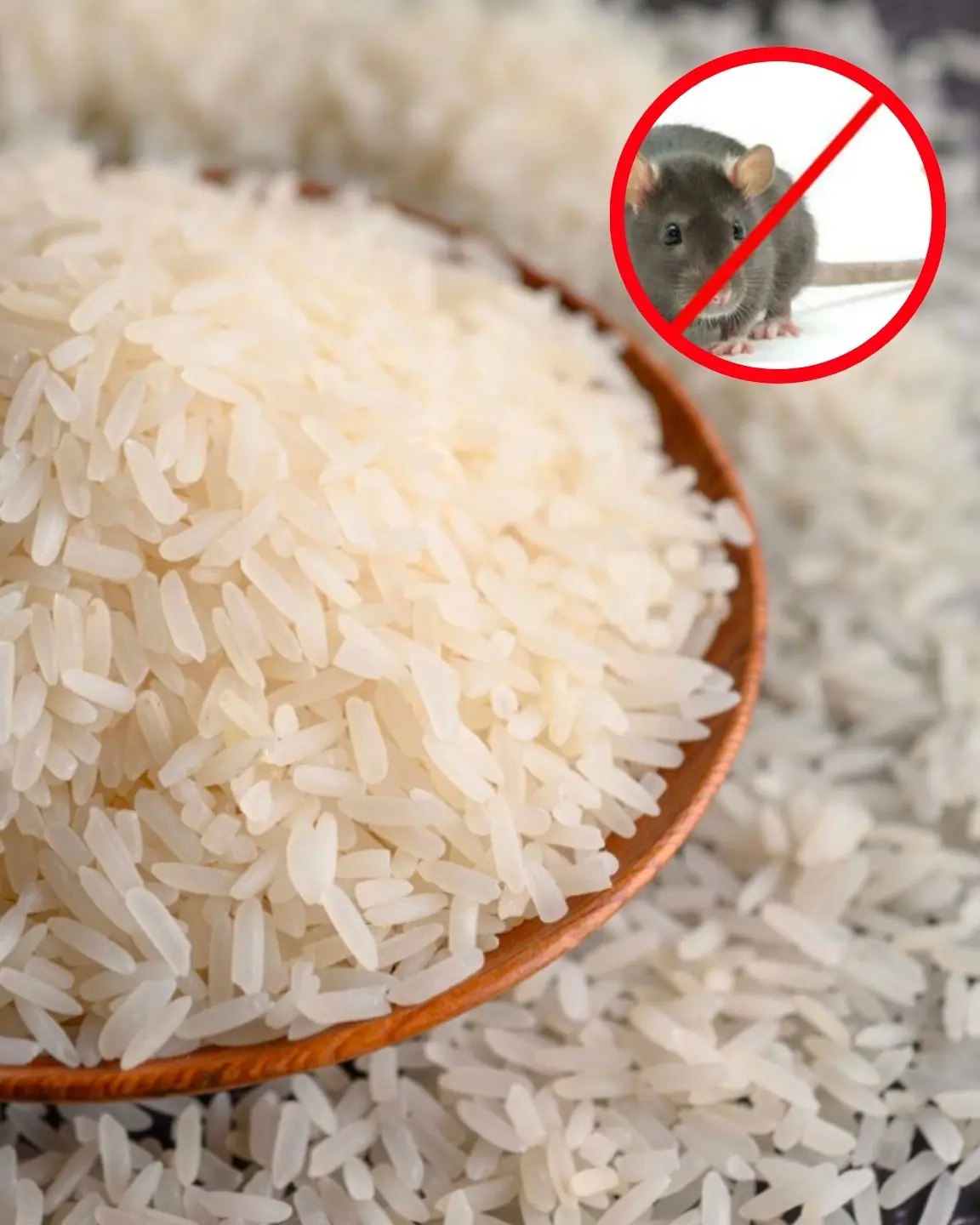
Mix rice with this and leave it in the corner of the house, the mice will run away and never d a r e to come near

Leave this leaf in the toilet to deodorize and repel mosquitoes and flies

Mixing washing powder into banana peels - a "miraculous" effect that not every family knows

Wish i knew sooner

Add a Few Drops of This Seasoning for Stir-Fried Beef That Melts in Your Mouth—Restaurant-Quality Delicious!

Chop Onions Without Tears While Keeping Their Nutrients Intact—Here’s How!

How to Grow Cardamom Plant from Seeds at Home Easily

Why Smart People Place Their Phone Face Down

The Best Way to Store Limes for Year-Round Freshness

Lamb’s Quarters/Wild Spinach: The Underestimated Superfood with Maximum Health Benefits

Don’t Eat Sweet Potatoes Until You Know These 13 Important Facts!
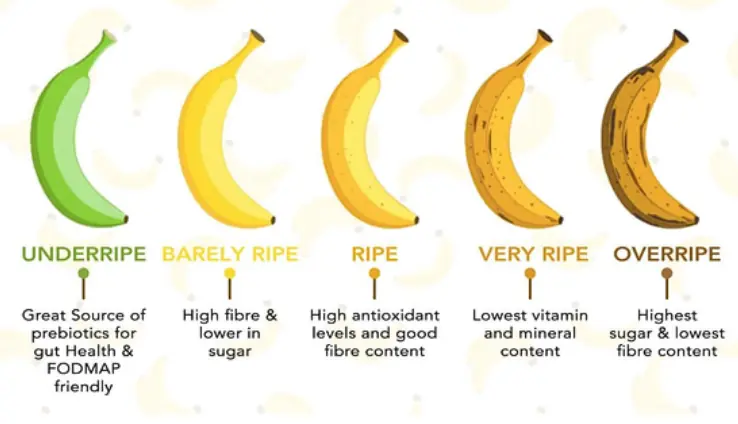
When to eat a banana?

How to pick the right watermelon

7 Job Interview Secret Tricks Every Applicant Should Know
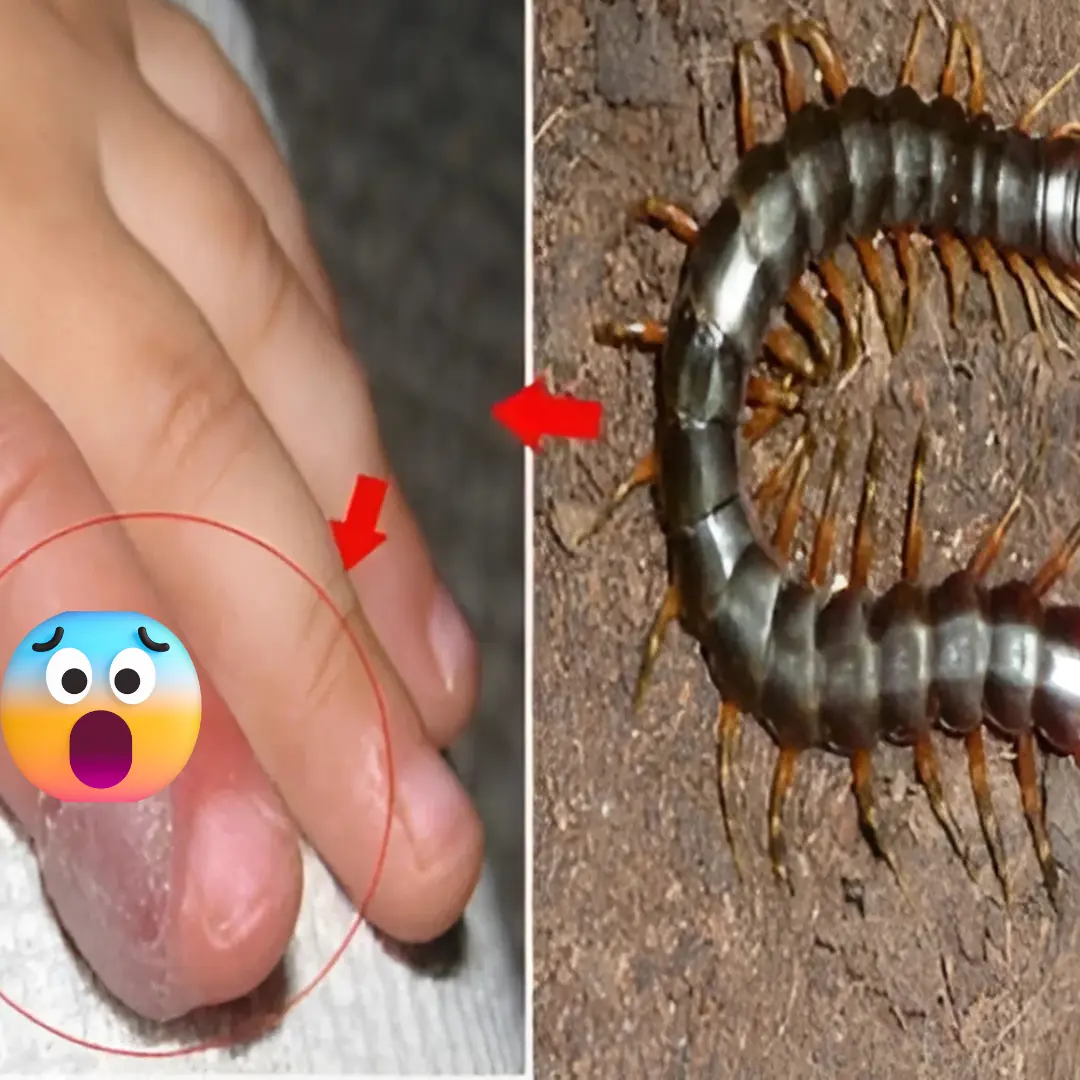
So how should you treat a centipede bite?
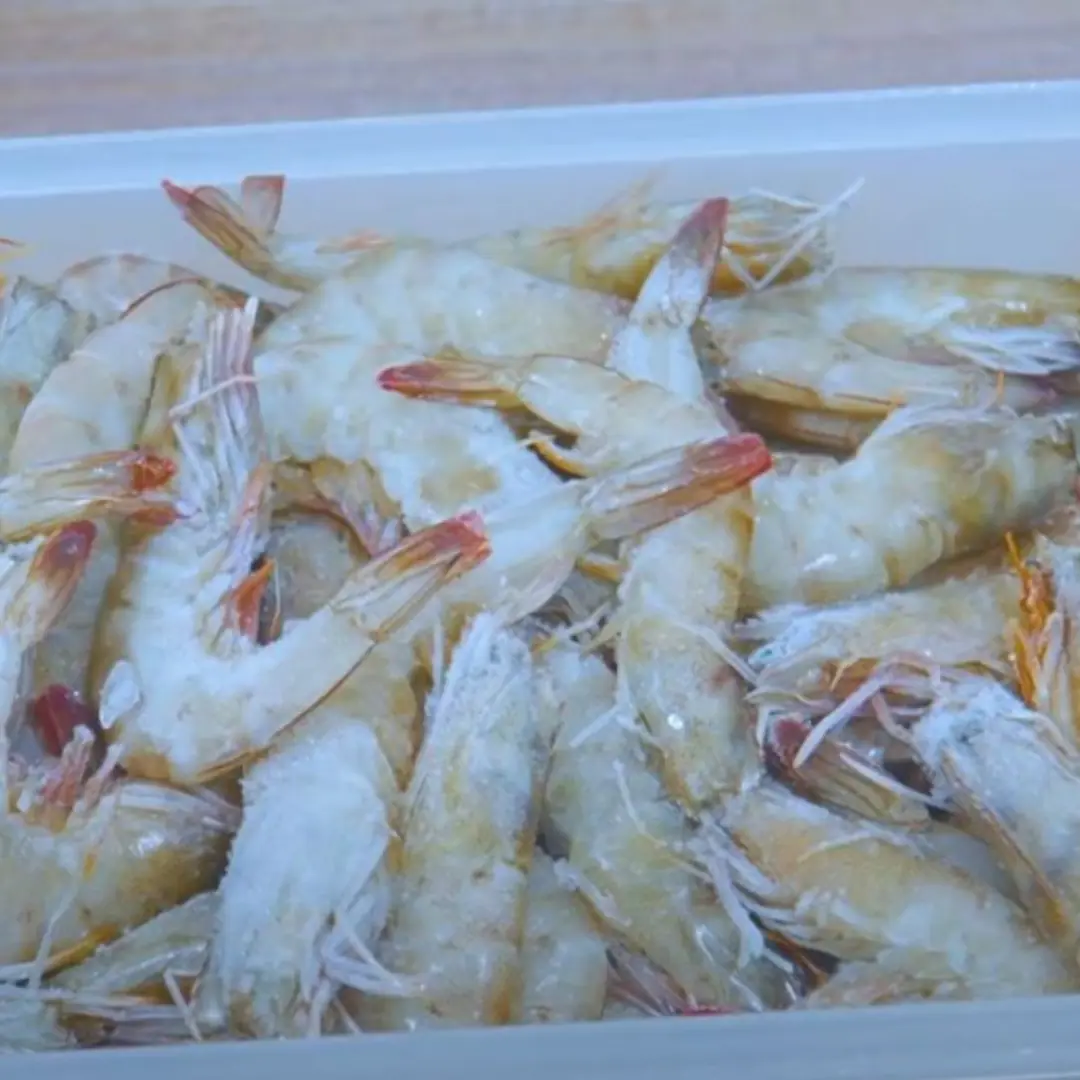
Add a few drops of this to fresh shrimp, it can be preserved for a month and still have firm meat, sweet and fragrant

Leave this in your house to k i l l all the ants
News Post

If your wooden door is infested with termites, just mix this and pour it in. The wooden furniture will still be beautiful after 10 years

These Aloe Vera Face Masks Will Beat Your Acne Pimples In No Time

Bumpy skin without itching - do not ignore it because this is a sign of 8 dermatological diseases

How to Grow Pumpkins Successfully: Best Watering and Fertilization Tips

Mix rice with this and leave it in the corner of the house, the mice will run away and never d a r e to come near

Leave this leaf in the toilet to deodorize and repel mosquitoes and flies

Which case do you like best =)))))?

IQ TEST

Only 3 Steps For Tomato Home Remedy That Are Best Fit Your Glowing Skin

Discovering the Nutritional Power of Broccoli Leaves: Benefits, Uses, and More

The Secret Power of Lemons to Reduce Varicose Veins Naturally

You will definitely always carry a lemon with you

In Guatemala With Justin Bieber

Mixing washing powder into banana peels - a "miraculous" effect that not every family knows

Doctor points out signs of 'secret' d.i.s.ease in women

Ever tried garlic before bed

Discover tips to effectively reduce jaundice

Elon Musk waves ‘chainsaw for bureaucracy’ on stage

Many still ignore this harmful habit.
